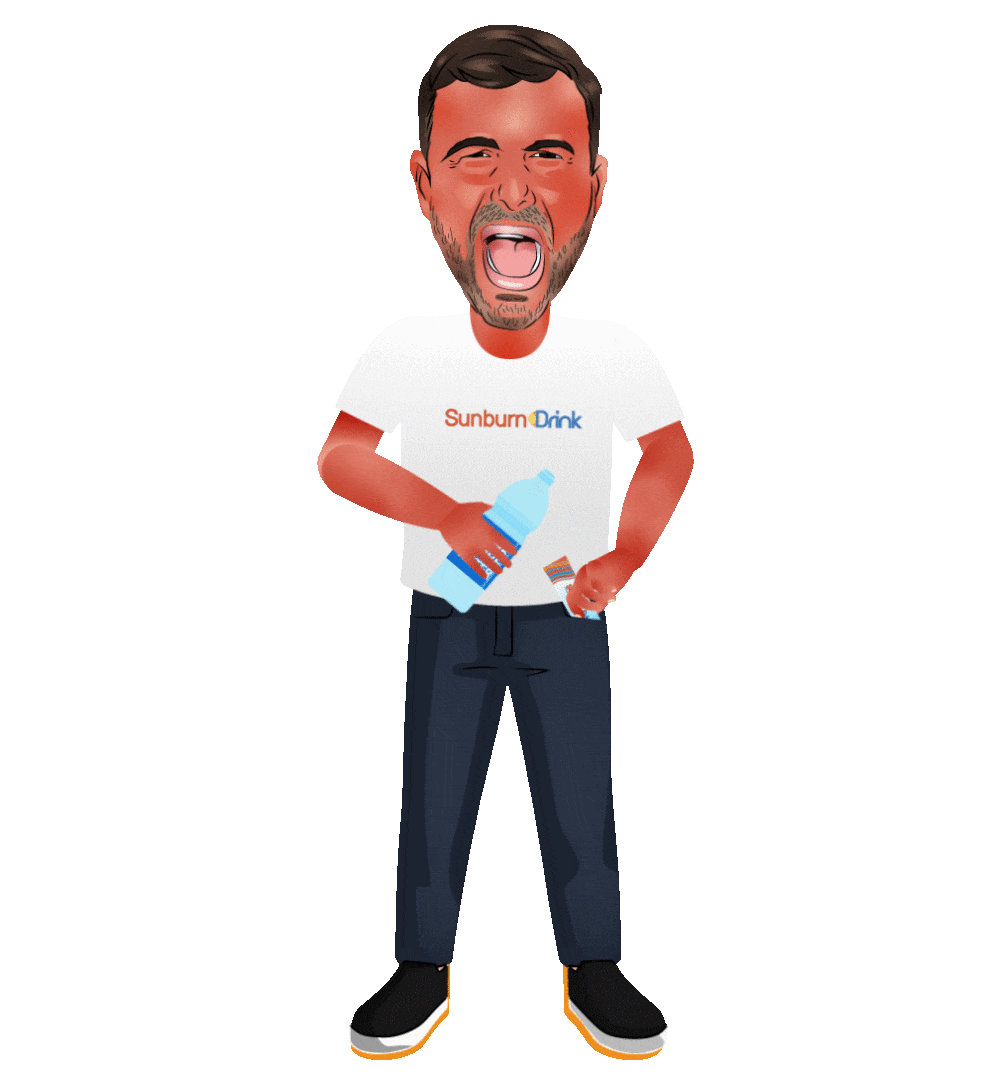Sunburn occurs when you’re exposed to UV rays from the sun without adequate protection, and it can be quite painful and uncomfortable.
Basically, sunburn is caused by prolonged and intense exposure to those harmful ultraviolet rays coming from the sun. It is said that these radiations in the form of UV rays cause burns on the skin by killing a few cells in the process. Actually, cell death triggers your immune system response which further leaves you with sunburn’s visible symptoms.
Fortunately, there are plenty of ways to treat sunburn naturally so that you can return to enjoying the outdoors again as soon as possible!
Here are some of the common symptoms of sunburn, along with tips on how to treat them at home.
UNDERSTANDING THE DIFFERENT TYPES OF SUNBURNS
Sunburns aren’t all created equal. Knowing what type of burn you have can determine how serious it is, as well as how long it takes to heal. The three most common types of burns include first-, second-and third-degree burns. While first-degree burns are your least serious, they’re also your most common.
They happen when a surface layer of skin is damaged by heat or sunlight but doesn’t extend beyond that surface layer.

WHAT ARE THE CAUSES OF SUNBURN?
So, you know the major cause of sunburn, right? It occurs when your skin is exposed to the sun for a longer period. But to understand why it turns burning, red, and irritated, you need to understand how sun exposure causes these burns.
Sun gives off three wavelengths of ultraviolet light,
- UVA
- UVB
- UVC
While UVC light doesn’t reach the Earth’s surface, the other two ultraviolet lights not only reach but also penetrate your skin. And it is these UVA and UVB rays that cause skin damage.
WHAT ARE THE SUNBURN SYMPTOMS?
In the beginning, you might not be able to realize that you are suffering from sunburn. However, your skin will soon tell you the whole story. Yes, your skin will become red, inflamed, and warm, all due to increased blood flow in burnt areas. Sooner, touching the burnt areas will become painful.
And if the burn is severe, there are good chances of developing swelling and sunburn blisters. Some people also report suffering from fever, flu, nausea, headache, and weakness. Plus, after a few days, your skin will start peeling and itching.
HOW TO GET RID OF SUNBURN FAST
For mild cases, your best bet is to soothe your skin with a cool compress. You can also apply some milk or yogurt to affected areas for an extra cooling sensation.
Aspirin is commonly recommended for reducing inflammation, but it shouldn’t be given to children under 16 years old. For more severe burns, seek medical attention at once because blisters might form. Do not break any blisters that have formed on your skin: such action could lead to infection.
To rehydrate your skin and minimize swelling, you can apply topical moisturizing cream.
Make sure to stay in the shade unless your sunburn is eased. Getting more sun exposure will only add to the severity and discomfort caused by sunburn.
For more extreme burns, try Sunburn Drink. This all-natural beverage will greatly minimize or reduce the symptoms of your sunburn in 7-12 hours. The best sunburn relief option is finally available to unburn your sunburn today. You can find Sunburn Drink at www.SunburnDrink.com or on Amazon, Facebook, and Instagram.
HOW TO PROTECT FROM SUNBURN?
- Avoid sun exposure between 10 a.m. and 4 p.m. as sunrays are severe during this time. If it is not possible for you, minimize the time you’re in the sun. Get in the shade when possible.
- Avoid tanning beds and sun tanning.
- Make sure to cover up your skin with a wide-brimmed hat and clothing while going outside.
- Use sunscreen of 30 SPF every 2 hours and after sweating or swimming.

